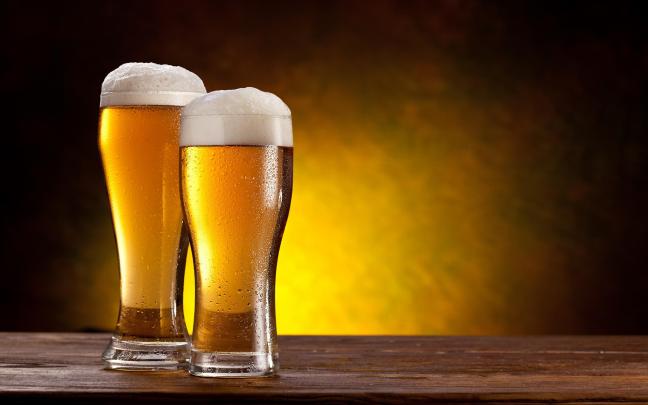A bit of clarity on this issue, which recently landed on all the EU newspapers, was really needed…scroll down for more.
Question for written answer to the Commission
– Stefan Eck (GUE/NGL) , Anja Hazekamp (GUE/NGL) , Klaus Buchner (Verts/ALE) –
25th February 2016
Subject: German beer contaminated with glyphosate
On 25 February 2016, the Umweltinstitut München e.V. (Munich Environmental Institute) published a study on the contamination of German beer with the pesticide glyphosate.
The test results show that the residue levels of glyphosate in the various beers range from 0.46 to 29.74 micrograms of glyphosate per litre of beer. This is of great concern, as the current maximum residue level for glyphosate in drinking water is 0.1 micrograms per litre, but there are currently no maximum residue levels set for beer in EU legislation.
1. Given the health risks posed by glyphosate, why has the Commission not set any maximum residue levels for glyphosate in beer?
2. In the Commission’s opinion, to what extent have the German authorities been negligent in allowing the placing on the market of mass consumption goods that contain high residue levels of a pesticide that is known for its health risks?
3. What actions is the Commission planning to take to safeguard the health and safety of EU consumers, given the large scale of beer consumption in the EU?
Answer given by Mr Andriukaitis on behalf of the Commission – 22nd April 2016
In Annex II and III to Regulation (EC) No 396/2005, maximum residue levels (MRLs) are set for raw agricultural commodities such as barley and hops. Since beer is a processed and composite product for which no specific MRL is set, the MRL for beer applied by competent authorities is derived from the MRLs for raw agricultural commodities (barley: 20 mg/kg, hops: 0.1 mg/kg), taking into account changes in the levels of pesticide residues caused by processing.
The Commission is not aware that the competent authorities in Germany had allowed the placing on the market of beer that did not comply with the applicable MRL. However, the glyphosate residue levels in the German beer samples quoted by the Honourable Members suggest that the concentrations were well below the legal limit (i.e. the MRL), which in turn is based on the residue levels expected according to good agricultural practice and well below the level that would be necessary to protect human health.
The Commission continues to work closely with Member States’ competent authorities to ensure that MRLs established in the legislation are complied with, and that food products are safe for human consumption.
(Source: EU Parliament)

